 |
| Check newly released shrimp |
Deputy Head of the Provincial Department of Fisheries, Ms. Phan Thi Thu Hong informed that the results of water quality analysis at some water supply points on lagoons, coastal areas and rivers showed that the average temperature this April is 2-3 degrees Celsius higher than last year . In particular, some points such as Sia town (Quang Dien), Hai Duong , Huong Phong (Hue City) have quite high average temperatures, which can affect the farming objects, causing diseases in black tiger shrimp, white-leg shrimp...
Some water supply points in the estuary of Vinh Hien commune (Phu Loc), Dien Huong commune, Phong Hai (Phong Dien) have pH values of 7.9-8.2. The lagoon area of Quang Cong commune, Sia town, Hai Duong commune, Huong Phong, Thuan An ward has pH values of 7.9-8.5, which is quite high. When taking water into the pond, the pH can exceed 8.5, so people should pay attention to monitor and adjust the pH in the pond to be stable, not letting the pH fluctuate more than 0.3 units per day.
Other parameters such as salinity, N-NH 4 + (ammonium content), heavy metals (iron), P-PO 4 3 - (phosphate), TSS (total suspended solids) all have values within the allowable limits for aquaculture.
The forecast for the coming time is that there will be intense heat, with temperatures ranging from 34 - 41 degrees Celsius, interspersed with sudden changes in the weather during the changing seasons. Therefore, the disease situation in aquaculture is complicated, and may occur in crustaceans and mollusks.
 |
| Testing the aquaculture water environment |
The Department of Fisheries recommends that in aquaculture conditions with hot weather, combined with a fairly high pH level in water supply areas, farmers need to pay attention to regularly applying appropriate technical measures such as farming at a suitable depth of 1.2 - 1.5m, fertilizing with CaMg (CO 3 ) 2- (dolomite), or CaCO 3 (calcium carbonate) and microorganisms to stabilize the pH of the water during the day; keep the water color stable, and prevent algae from growing too densely and dying simultaneously in the pond, especially for ponds raising black tiger shrimp and white-leg shrimp.
Currently, translucent post-larval disease (TPD) is caused by the bacteria Vibrio parahaemolyticus, making the hepatopancreas and intestines white and transparent, the body pale and shrunken. The publication of information and methods for diagnosing and testing this disease is still limited.
According to the reflection of some shrimp farming households, there has been a phenomenon of shrimp larvae dying quickly and in large numbers after being stocked; signs of disease such as pale body color, blurred liver, and no food in the intestines, so farmers should pay attention to actively monitor and take proactive and effective disease prevention measures.
With the motto of "proactively preventing diseases early and from afar", aquaculture farmers need to treat water supply and wastewater according to technical processes; properly manage a suitable and stable pond environment, supplement vitamins and minerals, use chemicals and biological products permitted for circulation to increase the resistance of aquatic products.
In addition, shrimp seed must be of guaranteed quality, disease-free, quarantined, and purchased from a facility that has been granted a certificate of eligibility for aquaculture production and breeding.
Currently, whales (leak) are drifting into estuaries and lagoons. People need to monitor to have a plan to renovate ponds, treat the environment, and select good quality fish for breeding. Fish fingerlings are currently priced at 200,000 VND/kg, the size of the fish is about 1,500 fish/kg.
The fact that whales drift ashore is also the time when the water source has a lot of jellyfish, Vibrio bacteria... developing strongly, affecting aquaculture objects when supplying additional water to the pond. Therefore, farmers need to be careful when taking water into the pond to prevent diseases caused by white spot virus, yellow head...
Article and photos: The Huong
Source


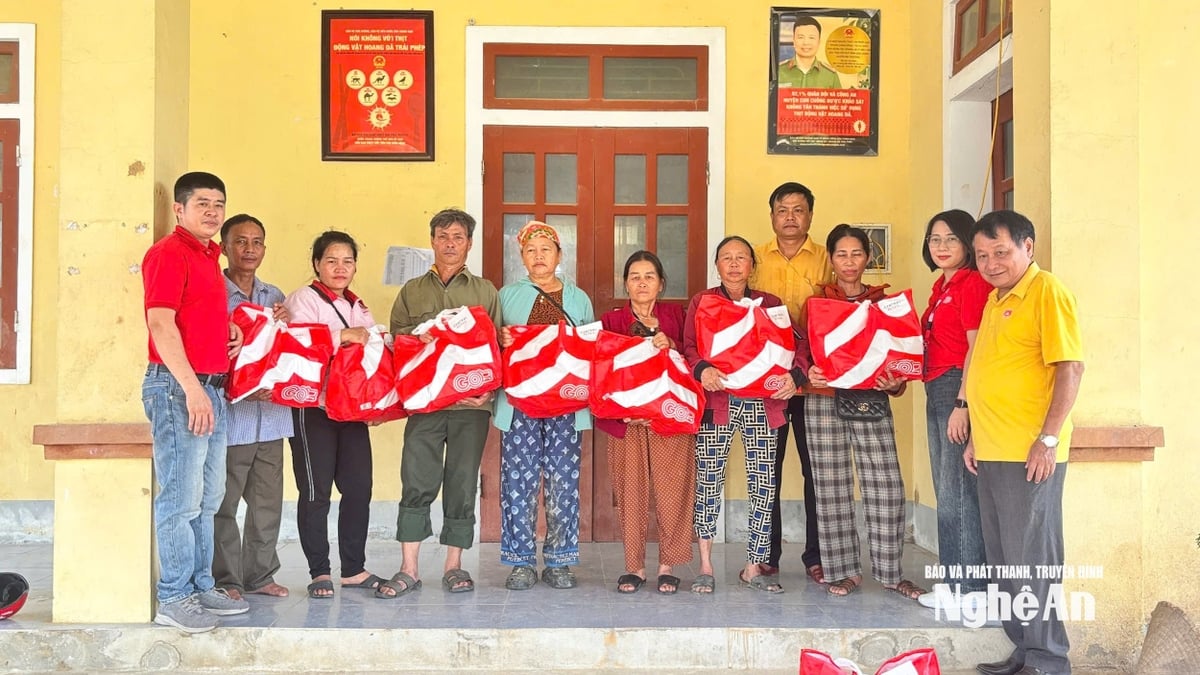
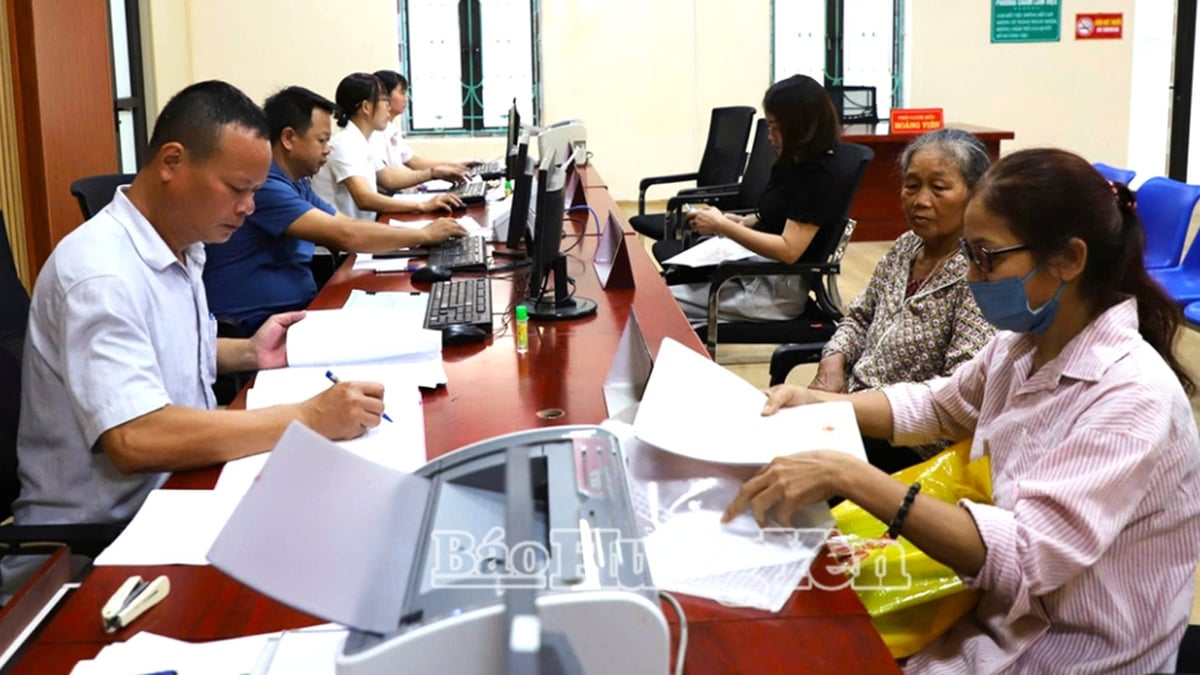
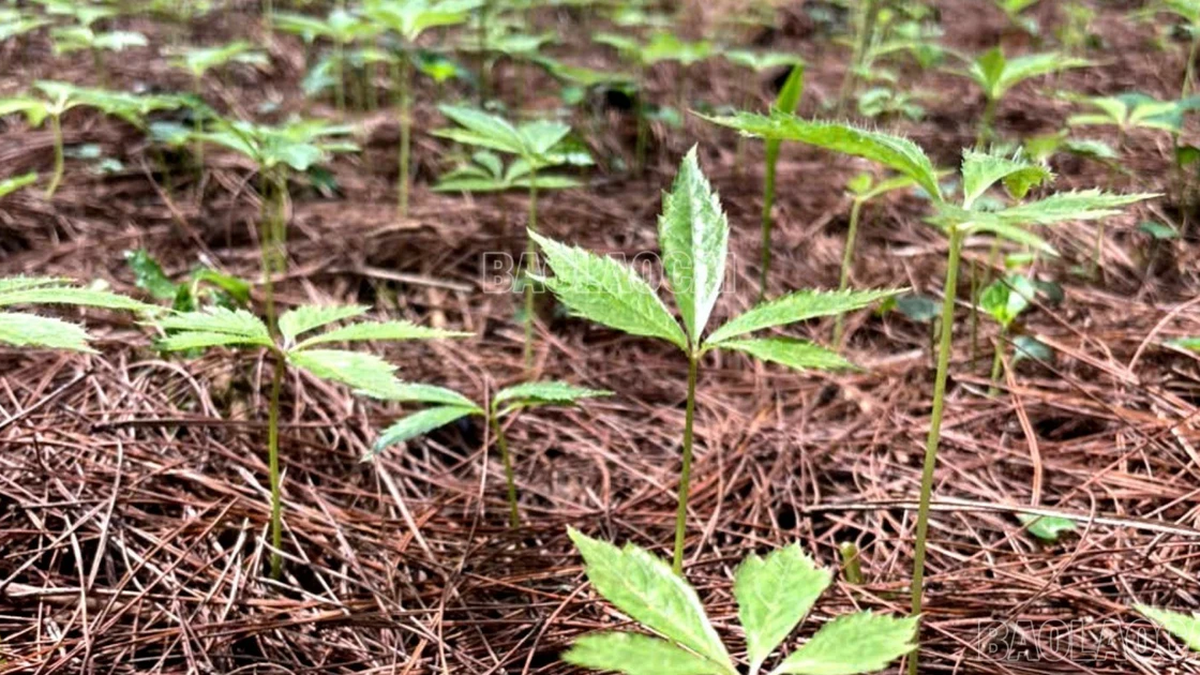
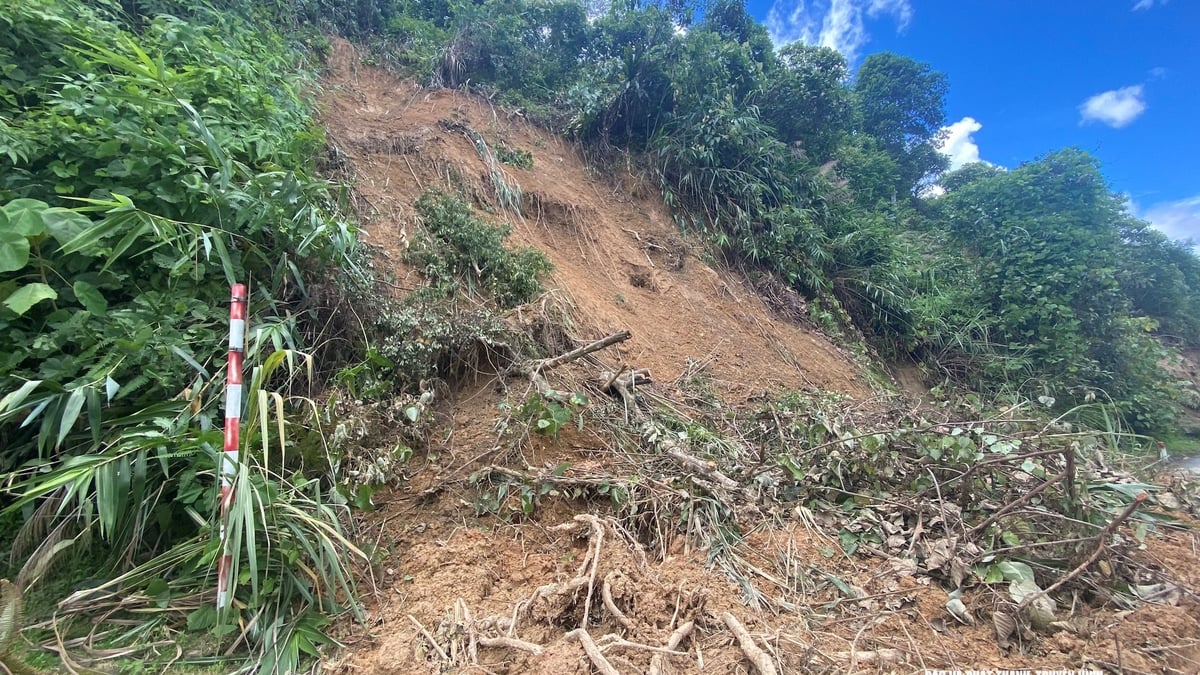




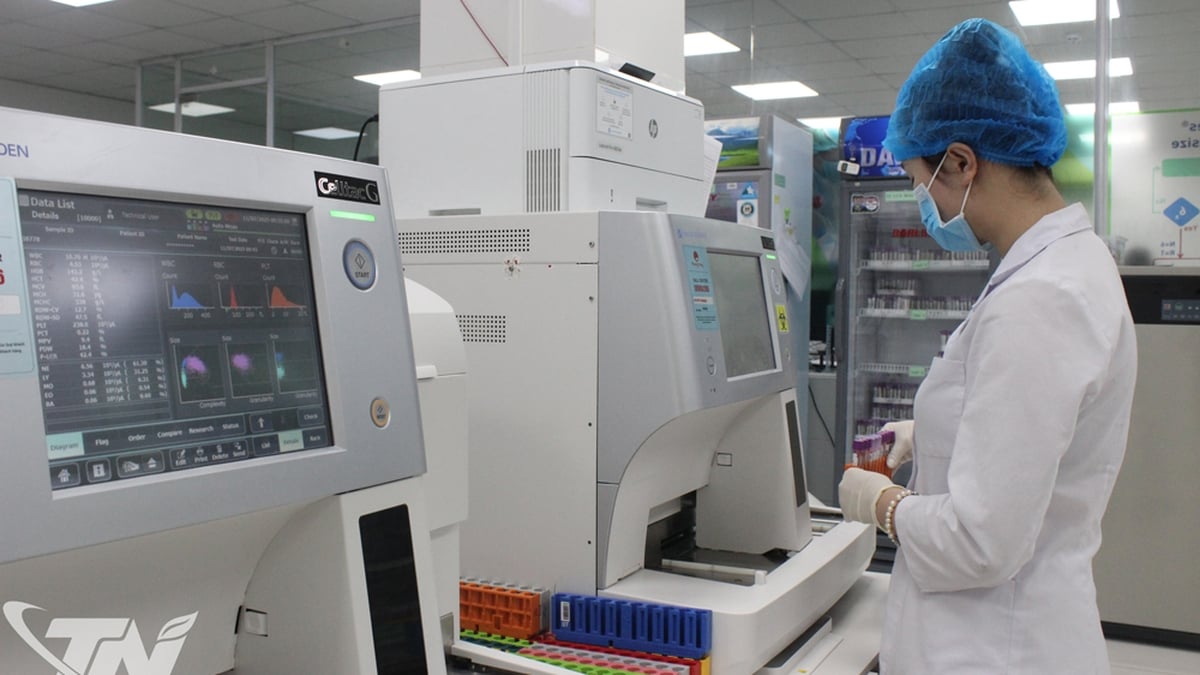
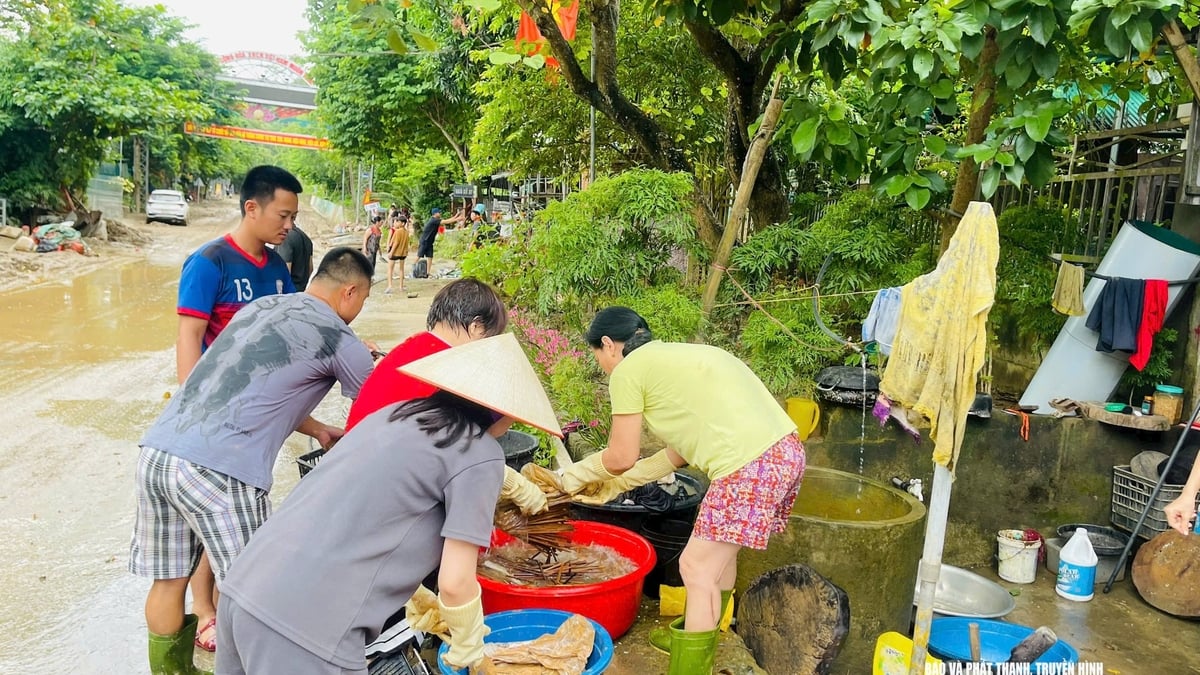























































































Comment (0)